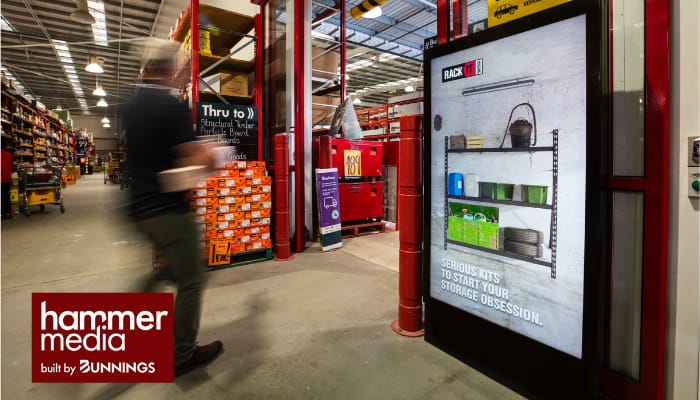Australia – Publicis Groupe’s Mars United Commerce has recently released a new report benchmarking the evolving capabilities of retail media networks in Australia and New Zealand. The report evaluates new entrants, including Uber Advertising, Adore Beauty Media and AVC Experience Plus—alongside established networks such as Cartology, Market Media, Amazon Ads and Coles 360.
In the report, it noted a retail media network (RMN) industry reaching maturity, with retail media networks delivering increasingly sophisticated tools with new measurement and performance tracking solutions. Driven by advertiser demand for greater clarity and effectiveness, networks are implementing advanced features such as self-service platforms, real-time analytics and rich content options.
It is worth noting that these insights come after Australia saw new entrants in the retail media space, including from Australia Post, Petbarn, and more recently Bunnings.
Strengths of ANZ’s retail media offerings
In an exclusive conversation with MARKETECH APAC, Cameron Porter, commerce planning director for ANZ at Mars United Commerce highlighted key factors on why retail media networks in ANZ are continuously maturing enough to be tapped widely by brands in the region.
“Targeting is where we’ve seen the biggest leap. The ability to understand shopper behaviour — what they’re buying, when, and how often — is powering stronger, more timely messaging across a broader mix of touchpoints. From brand-led video to conversion-led formats, the precision of retail media is starting to stand out on-platform and off-platform,” Cameron said.
He added, “Measurement is still catching up, but the momentum is there. As frameworks mature, we’ll see more advanced test-and-learn programs and sharper optimisation across formats — both of which will accelerate retail media’s role in strategic planning.”
Opportunities and challenges
Looking ahead in 2025, the report notes that the industry can expect further innovation within the retail media space. As networks mature, new entrants will continue to shape the future of the sector, allowing for even more touchpoint opportunities and enhanced capabilities.
Moreover, the industry’s growth trajectory is clear: transitioning from adolescence into adulthood, and this will present brands with new opportunities to refine their strategies and connect with consumers in more meaningful ways.
“Non-endemic brands represent a major growth opportunity for networks — but also a shift in expectations. These brands are looking for more than sales lift; they want brand impact and real accountability. That pressure will help push innovation and expand the media offering to support both endemic and non-endemic advertisers,” Kelly Wearmouth, managing director at Mars United Commerce ANZ told MARKETECH APAC.
She added, “AI is the next big shake-up. Right now, it’s helping streamline backend processes — smarter forecasting, analytics, and reporting. But the long-term impact will be on front-end performance: real-time targeting, predictive planning, and creative personalisation based on live shopper signals.”
When asked about the challenges on tapping into retail media networks in ANZ, Cameron said, “The biggest challenge isn’t technology — it’s structure. To take full advantage of retail media’s evolution, brands need stronger internal collaboration and more integrated planning across teams and agencies.”
Key pointers to consider when tapping RMNs
In the report, it highlighted that in order to maximise effectiveness in retail media platforms, brands should adopt a strategic three-step evaluation process: evaluate networks, benchmark & compare, and identify opportunities.
For Cameron, the right retail media network isn’t just about reach — it’s about relevance. With more networks coming online, the focus should be on finding the shoppers that connect a brand to the right audience, in the right context, at the right time.
“Contextual targeting and loyalty programs are powerful tools for reaching shoppers who matter most to your category. And just as importantly, marketers should prioritise networks that can collaborate deeply — with strong insights, transparent measurement, and the flexibility to support both brand-building and performance goals. That’s the new baseline for entry,” he concluded.
***
In conclusion, the rapid rise of retail media networks in Australia and New Zealand presents a transformative opportunity for brands to reach highly engaged consumers at the point of purchase. As retailers leverage their first-party data and digital platforms to create more targeted and measurable advertising solutions, brands can enhance their marketing effectiveness, drive conversions, and gain deeper consumer insights.
This evolving landscape not only enables greater personalization but also fosters stronger collaborations between brands and retailers, ultimately delivering more value to shoppers. By embracing retail media networks, brands in ANZ can unlock new growth opportunities and stay ahead in an increasingly data-driven marketplace.


















